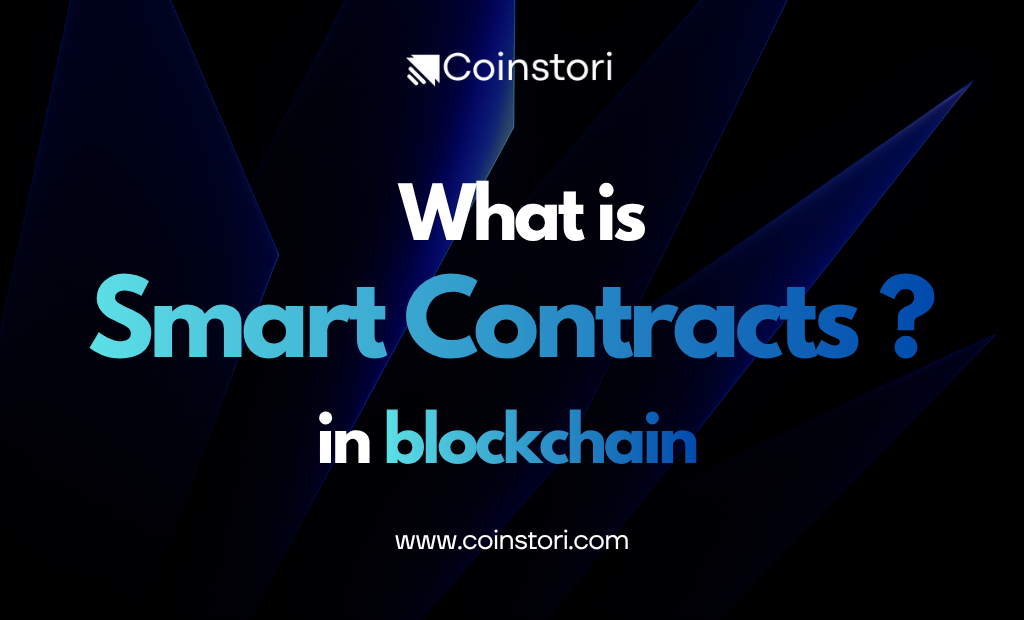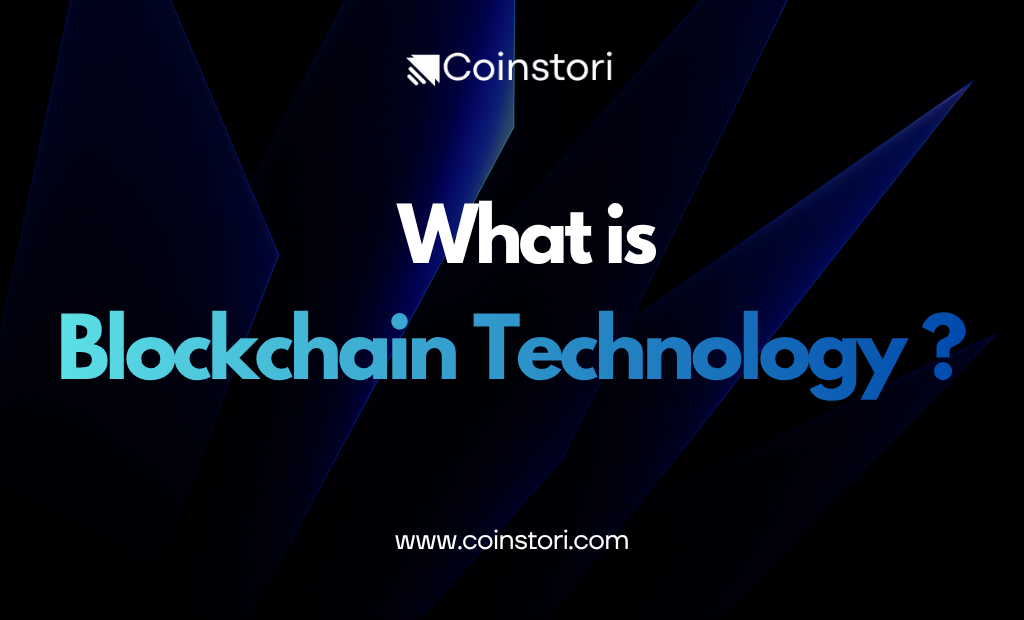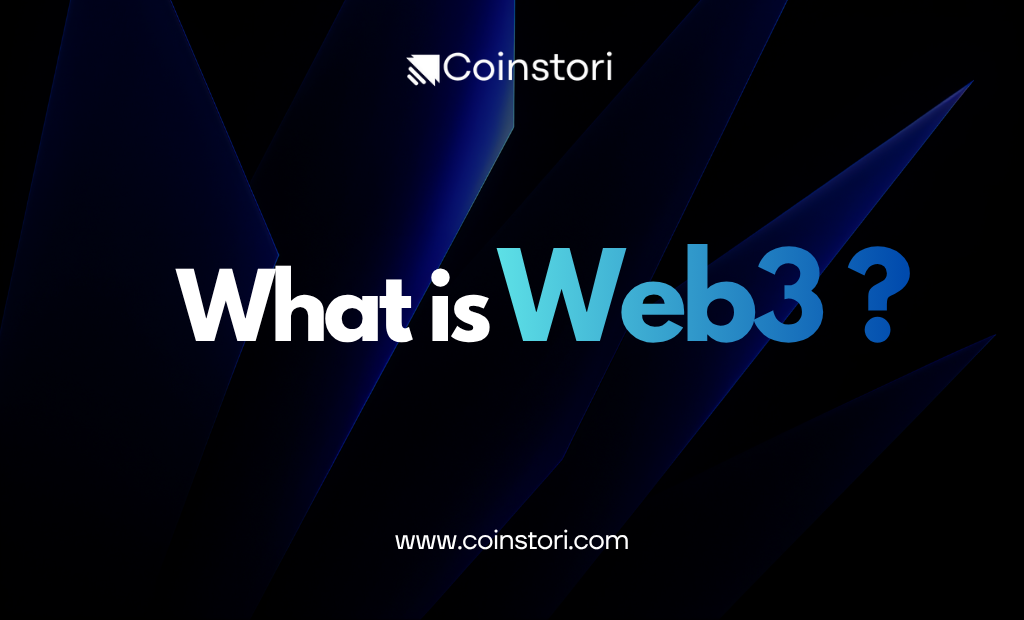
Since the creation of Bitcoin, blockchain has evolved far beyond cryptocurrency. Today, one of its most revolutionary applications is the Smart Contract — a self-executing digital agreement that operates without intermediaries.
In this article, we’ll explain what smart contracts are, how they work, and how they differ from Dapps (Decentralized Applications) — plus real-world examples from Ethereum, Chainlink, and IBM Blockchain.
What Is Smart Contracts? A Clear, Modern Guide 2025
Smart contracts are self-executing programs on blockchain. Below is a compact, mobile-first explanation with comparisons, real use cases, risks, and key takeaways.
Smart Contracts vs Dapps
| Feature | Smart Contracts | Dapps |
|---|---|---|
| Definition | Self-executing code stored on blockchain that runs when conditions are met. | Applications that use smart contracts as backend logic. |
| Purpose | Automate and enforce digital agreements. | Provide UX/UI for interacting with on-chain logic. |
| Operation | Backend logic layer; transparent & immutable. | Frontend (web/mobile) + blockchain backend. |
| Control | Autonomous, decentralized by design. | Decentralization varies by architecture. |
| Examples | ERC-20, Aave Lending Pool, multisig wallet. | Uniswap, OpenSea, Lens-based apps. |
| Languages / Stack | Solidity, Vyper, Rust, Move. | React/Vue + Web3 SDK, wallets. |
Smart Contracts
Self-executing code on blockchain; automates & enforces agreements.
Works as backend logic; immutable & transparent.
Examples: ERC-20, Aave, multisigDapps
Applications that interact with smart contracts via a user interface.
Frontend + on-chain backend; decentralization varies.
Stack: React/Vue + Web3 SDKReal-World Case Studies (2025)
Aave & Compound automate P2P lending/borrowing on Ethereum, enforcing loan terms without banks.
Application: DeFiChainlink brings off-chain truth to on-chain logic, triggering contracts with secure price feeds and real-world data.
Application: Data AutomationIBM enhances shipment visibility and partner coordination using smart contracts for transparent verification and approvals.
Application: Supply ChainRisks & Limitations
Code bugs & exploits (e.g., DAO hack 2016)
Vulnerabilities in contract logic can be catastrophic. Use audited code, bug bounties, and rigorous testing (unit, fuzz, formal methods) before deployment.
Gas fees & scalability constraints
Network congestion increases costs and latency. Consider L2s, batching, off-chain computation, or optimized opcode patterns to reduce gas.
Key Takeaways
Smart contracts automate trust — executing agreements transparently without intermediaries.
Dapps rely on smart contracts to function, forming the backbone of the Web3 ecosystem.
Ethereum, Chainlink, and IBM lead real-world adoption in DeFi, data automation, and logistics.
Risks exist: bugs, gas fees, governance gaps — audits and better frameworks are reducing them.
Future outlook: as legal frameworks mature, smart contracts will anchor most digital transactions globally.
What Is Smart Contracts?
A Smart Contract is a program stored on a blockchain that automatically runs when certain predefined conditions are met.
Instead of relying on banks, brokers, or lawyers, transactions execute themselves transparently and irreversibly.
Origin & Concept
Smart contracts were first conceptualized by Nick Szabo in 1994. His idea was to digitize traditional agreements — making them self-enforcing through code rather than legal systems. Szabo later proposed Bit Gold in 1998, an early prototype of what would become digital currency and blockchain.
Smart Contract Applications by Industry
| Sector | Use Case | Key Benefit |
|---|---|---|
| 💰 Finance & Banking | Automating cross-border settlements, DeFi transactions | Reduced fees & instant execution |
| 🏠 Real Estate | Tokenized property sales, automated escrow | Eliminates intermediaries |
| 🏭 Supply Chain | Vendor payments, shipment verification | Transparent logistics |
| 🏥 Healthcare | Secure patient record exchange | Enhanced privacy & speed |
| 🎨 NFTs & Web3 | Royalties & ownership transfers | Empower creators |
How Do Smart Contracts Work?
Smart contracts operate on a simple “if…then” logic — one of the most fundamental principles in programming.
If buyer sends payment → then seller releases asset.
Once both sides meet the conditions, the blockchain verifies and records the transaction permanently.
No single party can alter it — and everyone on the network can verify it transparently.
Each smart contracts can contain dozens of these conditions, allowing for complex automation in finance, logistics, or governance.
🧩 Real-World Case Studies (2025)
Aave & Compound automate P2P lending and borrowing on Ethereum, enforcing loan terms without banks.
Application: DeFiChainlink brings off-chain truth to on-chain logic, triggering contracts with secure price feeds and real-world data.
Application: Data AutomationIBM enhances shipment visibility and partner coordination using smart contracts for transparent verification and approvals.
Application: Supply ChainWhat Are Dapps?
Dapps (Decentralized Applications) are blockchain-based applications that use smart contracts as their backend logic.
They combine:
- A frontend interface (like any normal web app)
- A backend blockchain network, where transactions are automated and verified
How Dapps Work
- Users interact via the frontend (wallets like MetaMask).
- The app sends a request to a smart contract on-chain.
- The blockchain validates and executes the request.
Because they run on decentralized infrastructure, no central authority can control or censor them.
⚖️ Smart Contracts vs Dapps (Comparison Table)
| Feature | Smart Contracts | Dapps |
|---|---|---|
| Definition | Self-executing code stored on blockchain | Applications built using smart contracts |
| Purpose | Automate and enforce digital agreements | Provide user interface & experience |
| Operation | Backend logic layer | Frontend + backend ecosystem |
| Control | Fully decentralized and autonomous | Partially decentralized depending on design |
| Example | ERC-20 Token Contract, Aave Lending Pool | Uniswap, OpenSea, Axie Infinity |
| Language | Solidity, Vyper, Rust | React, Vue + blockchain SDKs |
| Interaction | Executes on blockchain triggers | Users interact through wallets or Web3 interfaces |
⚖️ Smart Contracts vs Dapps
| Feature | Smart Contracts | Dapps |
|---|---|---|
| Definition | Self-executing code stored on blockchain. | Applications that use smart contracts. |
| Purpose | Automate & enforce agreements. | Provide UX/UI for on-chain logic. |
| Operation | Backend logic; immutable. | Frontend + blockchain backend. |
| Control | Decentralized by design. | Varies by architecture. |
| Examples | ERC-20, Aave pool, multisig. | Uniswap, OpenSea, Lens apps. |
| Stack | Solidity, Vyper, Rust, Move. | React/Vue, Web3 SDK, wallets. |
Smart Contracts
Self-executing code on blockchain; automates & enforces agreements.
Backend logic; transparent & immutable.
Examples: ERC-20, Aave, multisigDapps
Applications that interact with contracts through a UI.
Frontend + on-chain backend; decentralization varies.
Stack: React/Vue + Web3 SDKBenefits of Smart Contracts
- Efficiency: Executes instantly when conditions are met — no middlemen, no delays.
- Security: Transactions are encrypted, verifiable, and tamper-proof.
- Transparency: All participants can view transaction history.
- Cost Reduction: Eliminates paperwork and manual verification.
- Trustless: The system itself enforces compliance — not humans.
Limitations & Risks of Smart Contracts
Even powerful technology carries risks — understanding them is crucial.
1. Code Bugs and Vulnerabilities
Smart contracts are only as secure as their code.
In The DAO hack (2016), a bug in Ethereum’s smart contract allowed hackers to steal over $50 million in ETH. This event led to a controversial hard fork — highlighting that “immutable code” can have catastrophic consequences.
2. Gas Fees and Scalability
Running contracts on blockchain consumes computational resources. During network congestion, gas fees spike, making complex transactions expensive.
3. Legal and Governance Issues
Smart contracts lack formal legal recognition in most jurisdictions. Dispute resolution is still a gray area for regulators.
4. Security & Key Management
Compromised wallets or private keys can override even the most secure contract — user-side security remains critical.
Types of Dapps
| Category | Example | Function |
|---|---|---|
| DeFi (Finance) | Uniswap, Aave | Exchange & lending |
| Gaming | Axie Infinity, Illuvium | Play-to-earn mechanics |
| Social & Community | Lens Protocol | Decentralized communication |
| Healthcare | MedRec | Secure patient data |
| Identity & Cybersecurity | Civic, Worldcoin | Identity verification |
| NFTs & Art | OpenSea, Blur | Digital asset trading |
Smart Contracts in Healthcare
Smart contracts are revolutionizing healthcare data management by:
- Enabling instant claim settlements between insurers and hospitals
- Storing encrypted medical records on decentralized ledgers
- Allowing patients full ownership over their health data
For example, blockchain pilot projects in Europe and Asia are using Ethereum-based health Dapps to share data securely across hospitals without violating privacy laws.


